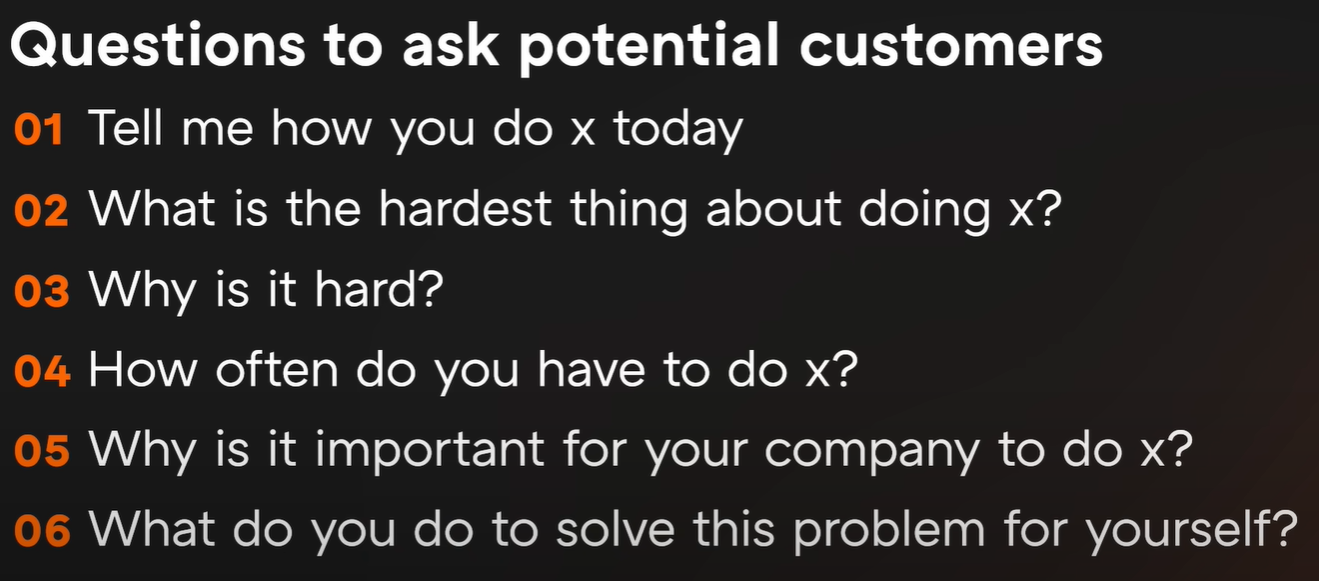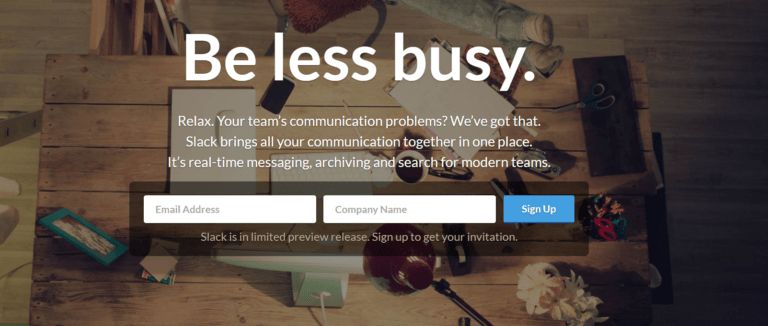Home
Key Activities to Validate Product-Market Fit During MVP Phase
Discover key activities to validate product-market fit during MVP. Learn hands-on strategies to refine your product, meet user needs, and drive growth early.
CHRISTIAN CASSISI – 11/11/2024

Running Track / Pexels.com / pixabay
Why a strong Amazon Product Launch matters|
1. Understanding Product-Market Fit in MVP Teams|
2.Foundational Steps Before Validation Activities |
3. Key Activities to Validate Product Market Fit in MVP Phase|
4. Measuring and Analyzing Product Market Fit Success|
5. Common Pitfalls in Validating Product-Market Fit During MVP|
6. Real-Life Examples and Case Studies|
Product-market fit (PMF) means that your product truly meets the needs of your target audience. After Product Ideation it’s essential to establish PMF during the MVP (Minimum Viable Product) stage. Validating PMF early can save time and resources by ensuring the product has real potential before scaling. Without PMF, even promising ideas can struggle to find users and achieve growth.
Understanding Product-Market Fit in MVP Terms
Achieving PMF at the MVP stage is different from a full-scale launch. Here, PMF validation focuses on initial feedback and demand, rather than maximizing profitability. Activities to validate PMF during MVP, such as user research and feedback collection, are quicker and more agile than traditional validation efforts. To learn more about managing product lifecycles, read our guide on Agile Product Lifecycle Management.
Foundational Steps Before Validation Activities
Before diving into PMF validation, complete these foundational steps:
1. Define Your Target Audience: Identify who they are and the primary problems your product solves. Building a Customer Persona can be valuable here. Check out our guide on How to Create a Customer Persona.
2. Set PMF Objectives for the MVP: Decide what success looks like. Do you want specific engagement levels, user numbers, or positive feedback on particular features?
3. Gather Initial Customer Data: Start with surveys or preliminary research. Identify hypotheses about what might resonate with your target users.
Key Activities to Validate Product-Market Fit:
Activity 1: Targeted User Research and Feedback Collection
Collecting targeted feedback is essential for fine-tuning the MVP to meet real user needs. Direct interaction with users helps you understand what’s truly necessary versus what’s “nice to have.” Here’s how to gather actionable insights:
1. Customer Interviews
Customer interviews allow for deep conversations about user challenges and their reactions to your MVP.
- Prepare Open-Ended Questions: Questions like, “How does this feature help you accomplish your goals?” encourage honest feedback. For guidance on asking the right questions, see our article on How to Use Personas.
- Diverse User Sampling: Include users from different demographics within your target audience to avoid biased insights.
- Listen Actively: Allow users to lead the conversation, as unprompted comments often reveal the most insightful feedback.
Example Insight: A fitness app MVP aiming to track workouts may find through interviews that users struggle with complex exercise logging. Users might suggest a simpler interface, pointing to a need for an easier-to-use product.
2. Surveys
Surveys provide quick, quantitative insights from a broader audience, helping you identify trends and common concerns.
- Keep it Short: Focus on the core MVP features with 5-10 questions to prevent survey fatigue.
- Mix Question Types: Include rating-scale and open-ended questions to gain both quantifiable data and detailed insights.
- Analyze for Patterns: Look for repeated themes in open-ended responses, as these often highlight critical user needs.
Example Insight: A budgeting tool MVP might ask how easy it is to log expenses. If users rate this feature poorly, it’s a strong indicator that simplifying the process could improve user satisfaction.
3. Feedback Tools
In-app surveys and feedback widgets provide continuous insights without disrupting the user experience.
- In-Product Surveys: Trigger context-specific questions after users engage with key features.
- Feedback Widgets: Use tools like UserVoice or Qualaroo, allowing users to submit feedback as they use the MVP.
- Behavioral Analytics: Tools like Hotjar offer session replays, helping you spot points of friction in the user experience.
Example Insight: A parenting app might use an in-product survey after setting a reminder. If users find reminder scheduling difficult, this feedback suggests a need for a more streamlined feature.
These feedback activities create a well-rounded understanding of user needs, enabling the MVP to evolve based on real preferences and feedback.

6 questions Y-Combinator recommends to ask your potential customers to validate product market fit during mvp phase.
Activity 2: Define and Monitor Key Performance Indicators (KPIs)
Defining KPIs is essential for tracking your MVP’s effectiveness. Some useful early-stage KPIs include:
- Engagement Rates: Track user interactions within the product. High engagement suggests that users find value in the features offered.
- Retention Rates: Frequent usage or return visits can indicate alignment with user needs.
- Churn Rates: A high churn rate might signal unmet expectations or usability issues.
As the MVP evolves, adjust KPIs to reflect new goals or feature changes. For insights into KPI tracking, see our article on Product Management KPIs.
Activity 3: Product Iteration Based on Feedback Loops
Listening and iterating based on feedback is crucial for refining the MVP. Each feedback loop should result in incremental improvements, keeping the product aligned with user needs.
Example: A team launches a productivity app and finds the interface is cluttered. They quickly streamline the design based on this feedback, resulting in a more intuitive product that users enjoy.
Pro Tip: Small, frequent updates based on user feedback build user trust and loyalty over time.
Activity 4: Pricing and Monetization Testing
Testing pricing during the MVP phase can offer valuable insights into what users are willing to pay.
- A/B Testing: Show different user segments varied price points to gauge what’s perceived as fair.
- Value-Based Pricing: Rather than guessing, ask users directly what they’d be willing to pay for premium features.
Pro Tip: Start with lower pricing for early adopters, as they’re typically price-sensitive but provide useful feedback for fine-tuning your pricing strategy.
Activity 5: Go-to-Market (GTM) Strategy Experimentation
Experimenting with GTM strategies during the MVP phase helps find the right channels and messaging to attract users.
- Choose Initial Channels Carefully: Start with low-cost options like social media or targeted ads.
- Test Messaging Variations: Different ad copies or messages can reveal what resonates with potential users.
For a deeper dive into launching strategies, check out our guide on Amazon Product Launch.
Activity 6: Market Readiness and Scalability Assessment
When initial feedback is positive, assess if your MVP can handle a larger audience.
- Scalability Check: Evaluate if the MVP’s infrastructure can support more users or additional features.
- Transition Timing: Determine when to expand the MVP into a full product by looking for steady user growth and positive engagement metrics.
After reading the blog article I can really recommend watching this video from one of the best startup schools in the world. In this video they teach the most important key aspects of idea validation.
You like it so far?
SIGN UP TO OUR NEWSLETTER TO GET MORE TIPS FOR PRODUCT VALIDATION METHODS
Measuring and Analyzing Product-Market Fit Success
Quantifying PMF success is complex but achievable with the right tools and methods:
- Net Promoter Score (NPS): A high NPS shows users would recommend your product to others.
- Cohort Analysis: Observe user groups over time to track retention and engagement trends.
- Useful Tools: Use Mixpanel or Google Analytics to analyze detailed user behavior and satisfaction.
If users aren’t consistently engaging, more iterations or even a pivot may be necessary. For more on managing product strategies, read our article on Product Manager Explained.
Common Pitfalls in Validating Product-Market Fit During MVP
1. Over-relying on Early Adopters
Early adopters may not represent the entire market’s preferences. Solution: Seek feedback from a broader audience beyond your initial supporters.
2. Ignoring Negative Feedback
It’s tempting to overlook criticism, but negative feedback often highlights essential improvements. Solution: Regularly ask open-ended questions like, “What would make you stop using this product?” to uncover potential weaknesses.
3. Staying Flexible
A rigid approach can miss key opportunities for improvement. Solution: Schedule regular review sessions to assess feedback and stay adaptable.
Real-Life Examples and Case Studies
Learning from other companies can guide you through PMF validation:
- Dropbox: Dropbox tested its concept with an explainer video that went viral, proving its appeal before building the full MVP.
- Slack: Slack’s MVP focused on simple team communication. Feedback-driven expansion turned it into a robust platform that scaled rapidly.

This is a screenshot from Slacks first Landing Page to see if there is desire for their idea and validate product market fit during MVP phase.
Key Activities to Validate Product-Market Fit During MVP-Phase are Essential for Your Success
Product-market fit is the foundation of a successful product. Validating PMF during the MVP phase is critical for growth. By focusing on user insights and maintaining adaptability, you’ll create a product that serves real needs and is ready to scale. If you’re interested in learning more about the essentials of product management, explore our comprehensive guide on Product Management for Beginners.
By following these structured PMF validation activities, you can set a strong foundation for your product’s future success. For ongoing support, be sure to check our other resources on topics from Customer Persona to Product Management KPIs.
Newsletter
MORE TIPS, TEMPLATES AND EXCLUSIVE INSIGHTS
Stay Ahead Of Others With Our Newest Articles
Best Product Ideation Frameworks and Processes
Learn key steps, agile techniques, and frameworks to master product ideation with real-life examples and best practices!
10 Essential Product Market Fit Survey Questions
Discover essential survey questions to understand customer pain points and validate product-market fit for your product.
Feature Adoption Rate | Benchmark & Case Studies
Discover what a good feature adoption rate is, how to measure it, and benchmarks to target. Learn the formula and examples from top companies.
Enhance A/B Testing Accuracy with Re-Randomization for Product Management
Boost A/B test accuracy in product management with re-randomization., Reduce bias, and gain reliable insights for data-driven decisions.
Top 10 Best Product Management Books for PMs
Learn how to optimize listings, gain reviews, and boost sales on Amazon in 2024.
Launch your Amazon Product Successfully in 10 Steps
Learn how to optimize listings, gain reviews, and boost sales on Amazon in 2024.






